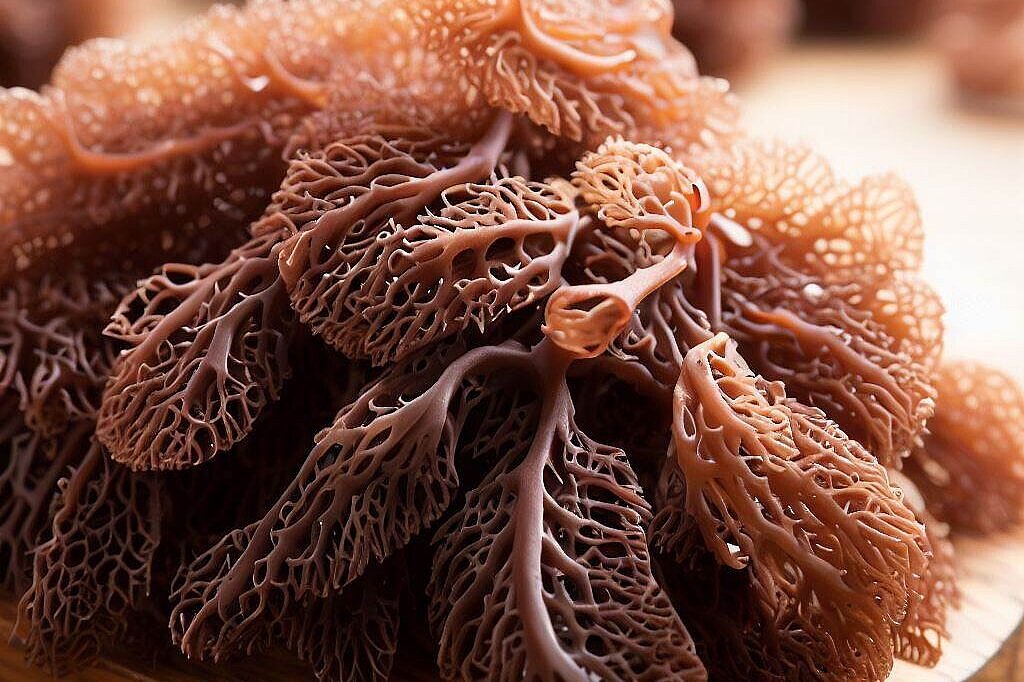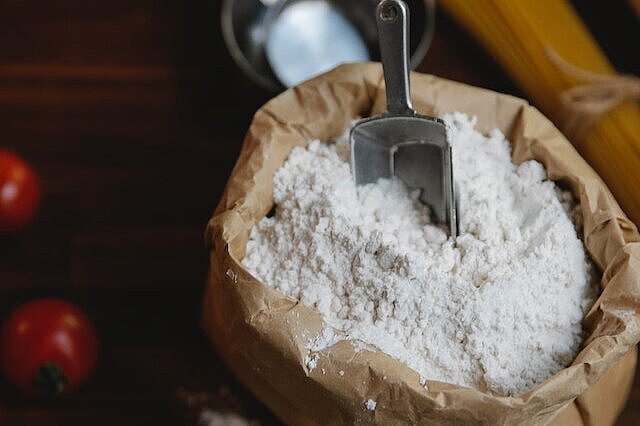Gelatin

But what does gelatine have to do with dogs? Can gelatine be healthy or even harmful for dogs? In this article, you can find out more about the properties, advantages and disadvantages of gelatine for dogs.
What is gelatine?
Gelatine is a protein that is obtained by boiling animal skins, bones or tendons. The collagen is broken down into smaller molecules, which dissolve in water and solidify into a gel-like state when cooled. Gelatine is tasteless and colorless and can therefore be used in many different ways.
Gelatine contains around 85 to 90 percent protein, 1 to 2 percent minerals and 8 to 15 percent water. The amino acids contained in gelatine are mainly glycine, proline and hydroxyproline. These amino acids are important for building and maintaining connective tissue in the body.
Benefits of gelatine for dogs
Gelatine can have a number of benefits for the health of dogs, especially for joints, skin and coat. Here are some examples:
- Gelatin can promote joint health by supporting cartilage formation and reducing inflammation. This can be particularly helpful for older dogs or dogs with osteoarthritis.
- Gelatine can improve skin and coat health by binding moisture and increasing elasticity. This can be particularly helpful for dry or flaky skin or hair loss.
- Gelatine can regulate digestion by protecting the stomach lining and promoting intestinal flora. This can be particularly beneficial for sensitive or allergic dogs.
- Gelatine can strengthen the immune system by stimulating the formation of antibodies and accelerating wound healing. This can be particularly important for sick or weakened dogs.
Disadvantages of gelatine for dogs
Gelatine is not suitable for all dogs and can also have some disadvantages or risks. Here are a few examples:
- Gelatine can trigger allergies if the dog is sensitized to one of the animal species from which the gelatine is made. This can manifest itself in itching, a skin rash or diarrhea, for example.
- Gelatine can lead to obesity if the dog is given too much of it. Although gelatine is low in calories, it is very high in protein. Too much protein intake can lead to increased nitrogen excretion, which puts a strain on the kidneys.
- Gelatine can affect the quality of the food if it is used as a filler. Gelatine has a high protein content but a low biological value. This means that it does not contain all the essential amino acids that the dog needs.
- In the case of gelatine, the origin of the animals from which it is obtained may be unclear. Gelatine can come from different animal species, e.g. cattle, pigs or fish. It is not always clear whether these animals were kept or slaughtered in a species-appropriate manner.
Gelatin is a protein derived from animal hides, bones or tendons that dissolves in water to form a gel-like material. It contains mainly the amino acids glycine, proline and hydroxyproline and can provide some health benefits for dogs, such as supporting joint health, improving skin and coat, regulating digestion and boosting the immune system. However, gelatine should be fed in moderation as it can trigger allergic reactions or lead to obesity. The origin of the gelatine source should also be taken into account.
If you notice any signs of hypersensitivity or poisoning in your dog, you should see your vet immediately. We are not a substitute for a vet, but we try to be as accurate as possible. Every dog reacts differently and we recommend you get a second opinion or consult your vet if in doubt.
Stay healthy and take good care of your four-legged friend!😊
Similar to Gelatin
Agar-agar is an extract from red algae, which mainly grow in Asia. It has a gel-like consistency and can be used as a thickening or gelling agent. Agar-agar is tasteless and contains no animal...
Pectin is a plant polysaccharide found in the cell walls of fruit and vegetables. It is a natural gelling agent that is released when fruit is cooked or frozen. Pectin is often used as an additive...
Carrageenan has several positive properties that make it interesting for the production of dog food. Firstly, it improves the consistency and appearance of wet food by creating a creamy texture and...
Guar gum, also known as guaran or guar gum, is a carbohydrate obtained from the seeds of the guar bean. The guar bean is a legume that originally comes from India or Central Africa and is now mainly...



